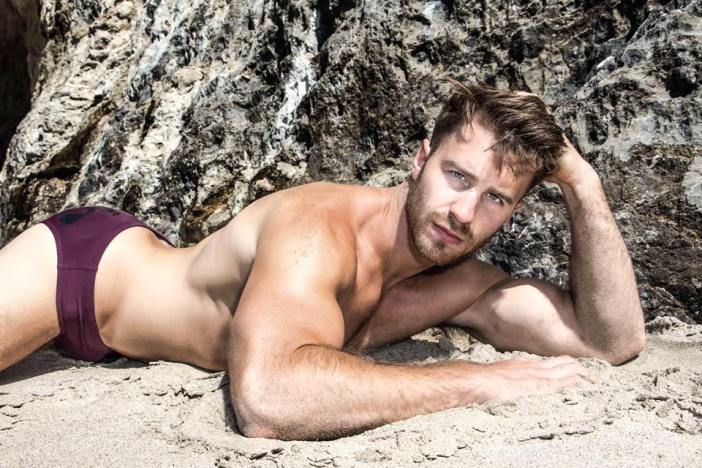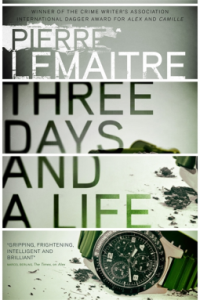Schooling and Riding the Sport Horse by Paul D. Cronin
C 2004 University of Virginia Press, Charlottesville 274 pages
ISBN 0-8139-2287-9
Schooling and Riding the Sport Horse was originally given to me to review for possible use as a text in a course I teach at the University of New Hampshire. I had high hopes for the book, as author Paul Cronin is a well-respected protégé of the late Vladimir Littauer and also the longtime director at Sweet Briar College’s riding program. The content of the book is geared towards the riding and training of hunter/jumpers and is well organized. Unfortunately, it is also dry and dense, with dated images, and will simply not be read by the Millennials I am now responsible for educating. If you tell me that you have a Millennial-aged student who will actually read this book….I frankly don’t believe you.
I started reading Schooling and Riding the Sport Horse back in 2014. I finished it late in 2016. I was stubborn and determined to get through it. It is simply not a page turner.
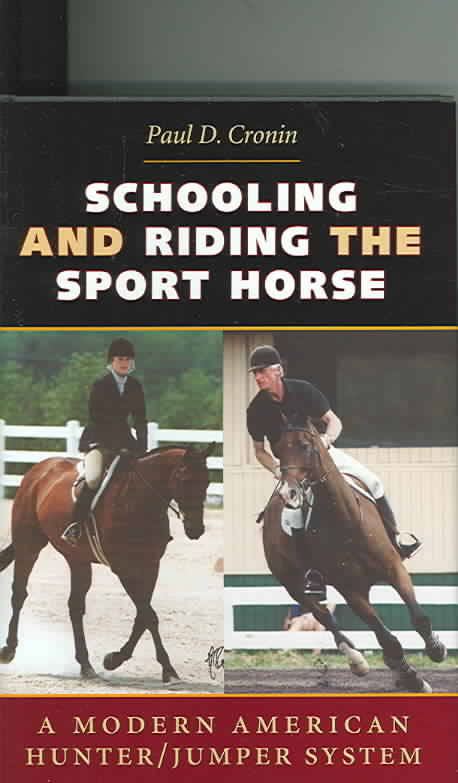
As a rider/trainer whose interests tend more towards dressage and eventing, I still find a great deal of helpful inspiration in understanding the training systems used by those who are more oriented towards hunters, equitation and jumpers. In this book, I do think that Cronin clearly and progressively lays out the elements of his system, which is geared to develop the position, controls and schooling of the horse used in forward seat riding. But starting as early as the introduction, I started to take issue with what I perceived as his derogatory tone towards the classical dressage system and his belief in the superiority of what he calls the “American hunter seat”. I think I had a hard time letting go of this perceived slight throughout the rest of the book.
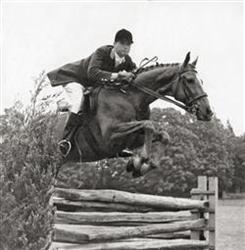 Author Paul Cronin in an uncredited photo.
Author Paul Cronin in an uncredited photo.
With that being said, I found much to agree with in the book as well. I appreciated his emphasis on the importance of correct and progressive work on the flat to prepare horse and rider for over fences performance. For example, Cronin points out that “it is not accurate to refer to the short gaits with hunters as classical collected gaits. That is a concept that has a special meaning in educated classical dressage riding. The hunters are not collected and on the bit but are connected and on soft contact” (Cronin, 2004, p. 33). This sentence is contained in his chapter on “Position and Controls”, in which he details some of the differences in theory and objective between what I would call classical dressage theory and American hunter seat theory.
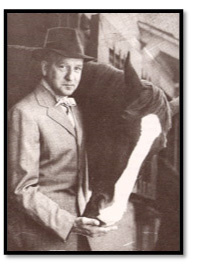 Captain Vladimir Littaur was an influential early proponent of forward seat riding. His book, “Commonsense Horsemanship” was a bible for the discipline for many years.
Captain Vladimir Littaur was an influential early proponent of forward seat riding. His book, “Commonsense Horsemanship” was a bible for the discipline for many years.
Another theme in the book which I appreciated was Cronin’s direct acknowledgement that all horses and riders have their “niche”; not every horse needs to be trained to the highest levels, because not every rider aspires to ride to them. “Not all horses and riders will be able to achieve the advanced level of control not do they need to in order to experience safe, enjoyable riding” (Cronin, 2004, p. 46). He further expands this concept in other chapters, including “Evaluating and Selecting a Horse” and “The Philosophy for Schooling in the Modern Hunter/Jumper System”.
The last half or so of the book is the description of a systematic and progressive series of “schooling periods” which takes the horse successively through seven stages of training. Each phase includes key concepts and exercises to be attained during the schooling period, important concepts to keep in mind and pitfalls to watch for, as well as some sample plans for workouts and training sessions. The most important theme is “systematic progression”. Each step is to be taken in turn, not sooner, not later. A serious trainer could absolutely use this series to develop a young horse or retrain one who had inconsistencies in previous work.
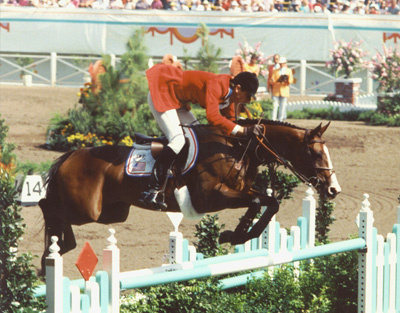 Joe Fargis, here on the elegant and athletic Thoroughbred mare Touch of Class (with whom he won the individual gold at the ’84 Olympics), wrote the forward to Schooling and Riding the Sport Horse. He is featured in photos throughout, as well as on its cover. Photo credit: Showjumping Nostalgia
Joe Fargis, here on the elegant and athletic Thoroughbred mare Touch of Class (with whom he won the individual gold at the ’84 Olympics), wrote the forward to Schooling and Riding the Sport Horse. He is featured in photos throughout, as well as on its cover. Photo credit: Showjumping Nostalgia
My sentiments towards this book softened as I read through the chapters on the schooling periods. It is clear to me that Cronin is a classical trainer in the style of American forward seat riding, and believes firmly in consistency, patience and slow, steady, horse-oriented progress. I was able to draw more connections between his concepts and those common to the training of dressage and eventing horses in these chapters than the others (mind you, this was all in year three of reading the book).
Overall, this book really is a good source of information, even if it is written in an “old school” style which makes it a bit dense. For a reader who is able to thoughtfully digest any of the classical texts on horsemanship written by the old masters, this book would certainly ring true and fit right into that library. Unfortunately, for the average modern reader of horsemanship books, I am afraid the terminology used throughout the book is too uncommon, the text too dry, and the photos too dated to make it a useful reference. I suspect that most ambitious modern riders who purchased this book have left it sitting on their shelves amongst the others which they have never quite made it around to reading. If you are looking for an easy read on progressive horsemanship—this isn’t your book. If you want to delve into a systematic progression for the training of hunters and jumpers, and enjoy really taking the time to understand the heritage left by Littauer (who went on to influence so many of the great American horsemen of the 20th century), then this text may be worth the time to plod through.
3/5 stars
** Bloggers note: If you like the featured image at the top, it is sold as a decal here.**
Advertisements Share this:
- More
